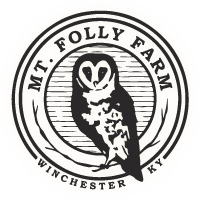November – The month started out with rain, which came to a sliding stop, and as I write this (December 3) it is pretty droughty and unseasonably warm. We’ve only had a trace of moisture in the last 30 days. This has stunted the cover crops, but allowed us to finish harvest in good time.
The organic corn and soybeans, the non-gmo corn, and the heritage grain are stored here on the farm. We don’t have storage for one crop, and this year we chose to sell our non-gmo soybeans out of the field. They are on a barge to Japan, which bans growing gmo crops, but allows gmo crops to be imported. Our customer is a grain elevator owned by the Japanese, supplying a wary domestic market. I was elected in September to the policy committee of the Organic Farmers Association, sponsored by Rodale in an attempt to keep the farmer’s voice in national organic policy. I invite you to become familiar with the group, our issues, and join if you are a farmer. https://organicfarmersassociation.org A link at the bottom of the page shows current position polices for the organzation.
We are also starting to have folks visit the farm, and I’ll talk policy and organic farming and climate with anyone who shows up when I’m here. One guy came to check out the B&B and wound up on a speedy hike down the farm lane, so I could squeeze exercise into my day. He has experience with Rocky Mountain horses, a breed of Appalachian mountain horse the foundation stallion of which, Old Tobe, is associated with Natural Bridge State Park, which is 40 minutes from the farm. Continuing to ride these minor breeds is important work, but is something I’m not able to do since my riding accident. I have a couple of ideas in the back of my head about this, though. If you would like to get to know the Rocky Mountain horse better, let me know.
Finally, in November, we had two community events at the cabin, which dovetails well with my interest in real community, not virtual ones. I hope we can keep this up.
October
At last! The log cabin at the Mt. Folly Homestead is open! It is available for rent for long weekends, and if you’d like to stay longer, we can work something out.
It is a place for events and retreats, too. Yesterday, we had a group of researchers working on a fascinating aspect of Clark county history. If you would like to know more about either option, email me at Laura@laurasmercantile.com.
Finally, in November, we had two community events at the cabin, which dovetails well with my interest in real community, not virtual ones. I hope we can keep this up.
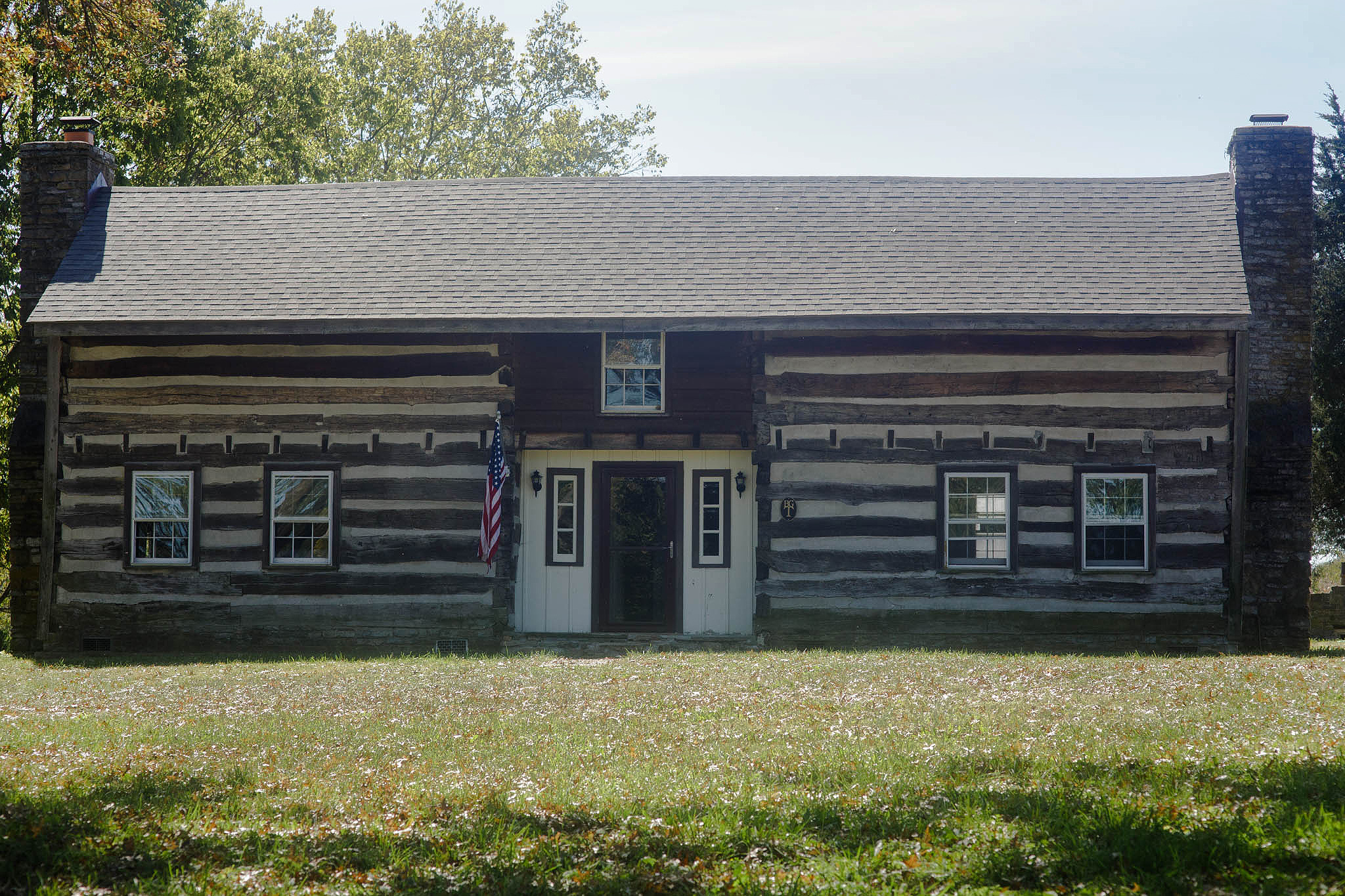

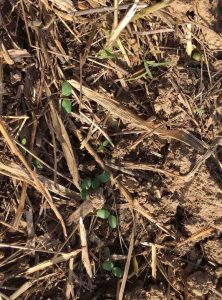 We are plugging along with harvest, the weather being wet and warm, which makes things difficult. We managed to get a soil health cover crop (Crimson clover, rye, and Austrian winter peas) planted on two 25-acre non-gmo crop fields the week of October 23, and I checked today, and we have germination.
We are plugging along with harvest, the weather being wet and warm, which makes things difficult. We managed to get a soil health cover crop (Crimson clover, rye, and Austrian winter peas) planted on two 25-acre non-gmo crop fields the week of October 23, and I checked today, and we have germination.
I’m going to post pictures of the crop, winter through spring, so you can get a better feel of the process for building soil fertility and sequestering carbon through growing plants in the winter.
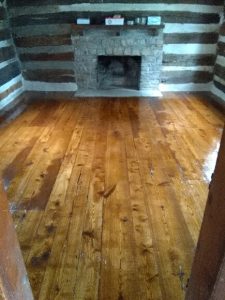 September-We are creeping closer to our farm stay grand opening. The floors are done, and the cabinets are set.
September-We are creeping closer to our farm stay grand opening. The floors are done, and the cabinets are set.
On the farm, we are getting ready to harvest, and fall calving is in full swing.
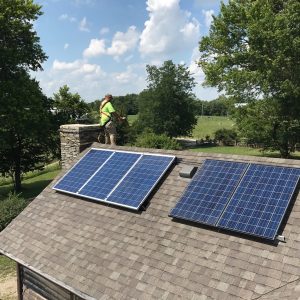 August-The solar panels went up on the log house, and we’ve hung the sign on Laura’s Mercantile at the Crooked House. We hosted the Organic Association of Kentucky Field Day, a big event for us. We looked at the organic crops, the specialty equipment, and served a farm-to-table lunch for 65!
August-The solar panels went up on the log house, and we’ve hung the sign on Laura’s Mercantile at the Crooked House. We hosted the Organic Association of Kentucky Field Day, a big event for us. We looked at the organic crops, the specialty equipment, and served a farm-to-table lunch for 65!
We mixed up a batch of hempcrete and used it to chink between the logs in the cabin. The new product should have many benefits, from the insulation to environmental properties.
We’ve attempted hand weeding our hemp, but have done little good. The weed population has overwhelmed the crop, for the 3rd year in a row.
July – We have been trying to figure out how to best use our new “flame weeder.” This is considered an important piece of organic equipment, and is a pretty fearsome contraption. It knocks back the Johnsongrass, but the Johnsongrass comes back and there is some damage to the crop, in this case organic soybeans.
One of our biggest organic farming successes this year has been using buckwheat as a smother crop. This is a practice we’ll expand next year. Very pleased with it!
Janet White invented the best Hickory King Cornbread Blueberry cake, and taught us to make it. She has also developed chocolate cornbread…really.
The corn is tasseling, and some is as high as an elephant’s eye! We are going to make a good crop.
We visited Berea College’s organic farm, particularly to learn about their grain-grinding program. Many thanks to Andrew Oles and Sean Clark for rolling out the red carpet.
June—We think we’ve got a handle on the weed load in our organic fields, with the exception of the hemp. We have been trying to cultivate it with an old tobacco tractor. It was planted too late!
Taking the whole crew, we attended a field day at Windy Acres Farm in Tennessee. Thank you Alfred and Carney Farris!
June—We think we’ve got a handle on the weed load in our organic fields, with the exception of the hemp. We have been trying to cultivate it with an old tobacco tractor. It was planted too late!
Taking the whole crew, we attended a field day at Windy Acres Farm in Tennessee. Thank you Alfred and Carney Farris!
May-We didn’t get all our cover crops planted last fall, so we planted Austrian winter peas in late February. Here is what they look like today, May 23rd, before we plow them down for our organic corn. Picture those cover crops we did get planted last fall are lush and building our soil fertility. Just like we like them. Picture remodeling our log house into a farm stay rental is part of our business plan, and sawing the logs from another 18th century cabin is how we’ll get authentic era floors. Here are the sawn logs, drying after getting wet on the drive back from the mill in Georgetown, KY. We’ve got goats everywhere, it seems. They are our new brush cutters.
April – From the field to the grocery store…it’s a long way!
Here we are with our hemp chocolates in Kroger’s before Derby Day.
What a dream it is to take a wild flower walk in the Hornback Hollow. Next year, this will be available for guests
February – demolition on the cabin is done. Now we are starting on the chimney in the ell, which we brick over or tear down.
We have early jonquils in the Andy Robinson cemetery at Dry Ridge. Come learn about the Civil War African-American settlement, and, if you know anything about it, please contribute to our effort to document the amazing story.
Laura signed on the dotted line for 31 East Broadway, which she is restoring and then turning over to Ben and Bill for a distillery.
Late February-Generally, we try to plant cover crops on all our fields, but every once and a while, we don’t get this done. On the organic ground shown above, the weed load (johnsongrass in particular) was so bad, that we plowed, and then this spring planted spring peas. We will harrow these under before we plant organic corn in May.
Some of this we planned, and some we didn’t…
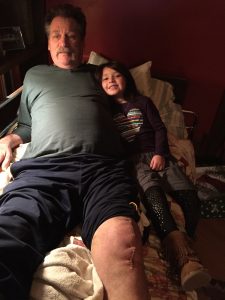 We celebrated New Year’s Eve here at the farm, with my husband Bill in a hospital bed, having just had his knee replaced.
We celebrated New Year’s Eve here at the farm, with my husband Bill in a hospital bed, having just had his knee replaced.
As of mid-January, prices have improved a bit, and we are starting to sell our non-GMO corn. When we deliver to the terminal at the Ohio River, CGB, the purchaser, does a variety of tests to ensure there is no genetic pollution in the crop. We’ve passed with flying colors!
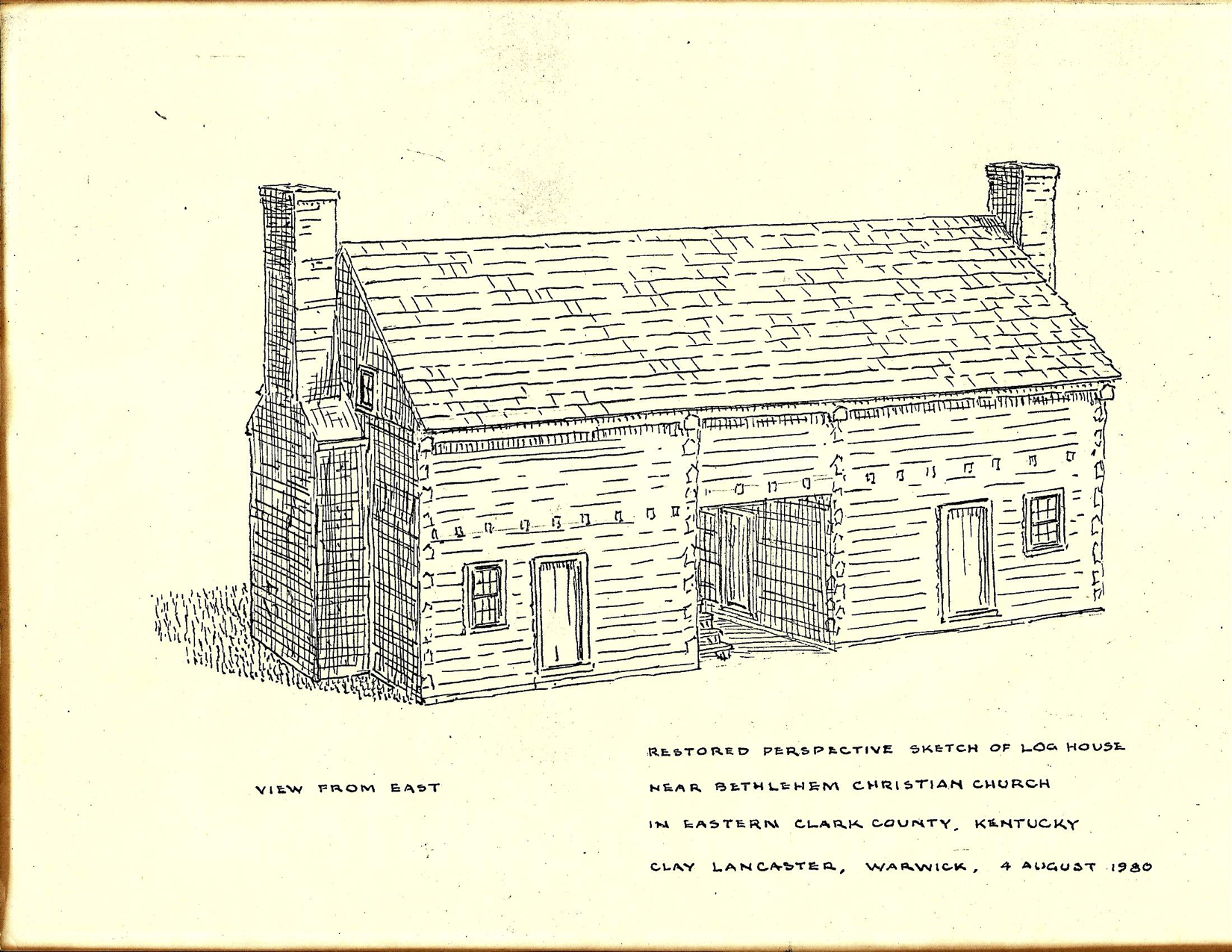
The Mt Folly log house was evaluated by Clay Lancaster, an authority on American architecture, an orientalist, and influential advocate of historical preservation
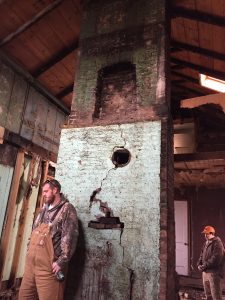 Our big winter news, however, is the decision to remodel the farm’s original residence, a 1790 log house, which had an “L” built on it in the 1840’s. A Kentucky Landmark, it needed some TLC. The TLC turned into tough love, as running plumbing that wouldn’t freeze and putting in a better kitchen, was impossible without interior demolition. This revealed a 2-story brick chimney, which will be the centerpiece of the “L”. The cabin is in pretty good shape, almost ready for its close-up.
Our big winter news, however, is the decision to remodel the farm’s original residence, a 1790 log house, which had an “L” built on it in the 1840’s. A Kentucky Landmark, it needed some TLC. The TLC turned into tough love, as running plumbing that wouldn’t freeze and putting in a better kitchen, was impossible without interior demolition. This revealed a 2-story brick chimney, which will be the centerpiece of the “L”. The cabin is in pretty good shape, almost ready for its close-up.
